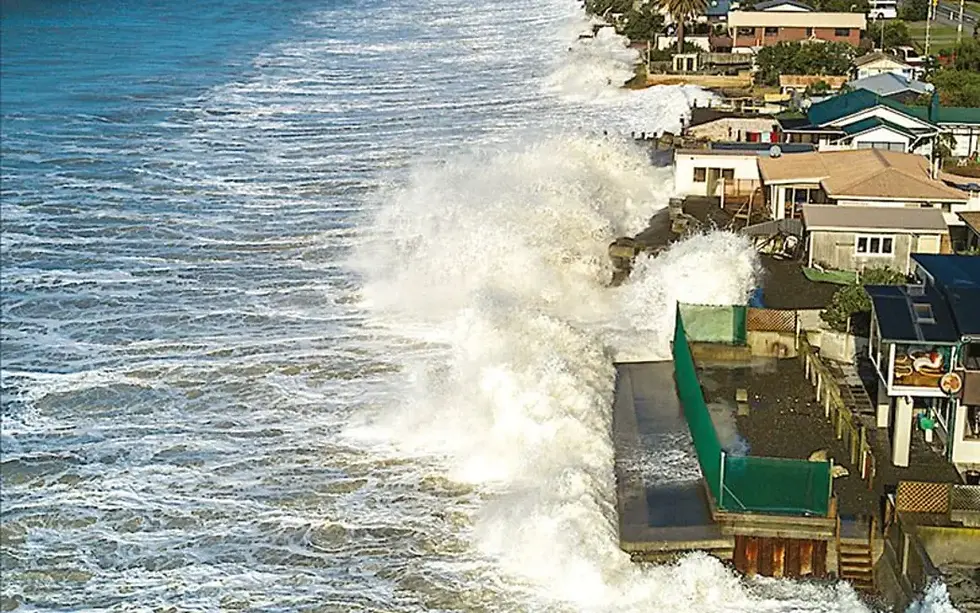Real Estate : eco-cities
- charlotteselve8
- 2 sept. 2023
- 2 min de lecture
The future of urban living is undergoing a revolutionary transformation, with floating cities emerging as visionary solutions to pressing global challenges.
In this comparative journey, we'll dive into two pioneering concepts: Tokyo's Sea Tree Project and the Samsung Bubble by Vincent Callebaut for the Smart Things Future Living study.
Tokyo's Sea Tree Project: Urban Elegance in Harmony with Nature
Location: Tokyo, Japan
Conceptualized: 2022
Architect: Kengo Kuma (Japan)
Tokyo's Sea Tree Project, envisioned by the eminent Japanese architect Kengo Kuma in 2022, is a testament to urban elegance seamlessly blending with nature. This futuristic concept explores the harmonious coexistence of city life and marine ecosystems, encapsulating the essence of sustainable living.
The Sea Tree Project envisions a self-sustaining floating city anchored by innovative technologies. Its core design principles prioritize renewable energy sources, efficient waste management, and the integration of aquatic gardens. Kengo Kuma's vision demonstrates Japan's commitment to resilient and eco-conscious urban development.
Samsung Bubble:
Vincent Callebaut's Visionary Metamorphosis
Location: Worldwide
Conceptualized: 2018
Architect: Vincent Callebaut (France)
Renowned French architect Vincent Callebaut's Samsung Bubble, introduced in 2018, reimagines our urban future with innovation at its core. The Samsung Bubble, part of the Smart Things Future Living study, explores the transformation of cities into vibrant, interconnected ecosystems.
This visionary concept encompasses multiple facets of urban life, including transportation, housing, energy, and sustainability. The Samsung Bubble envisions a world where urban living becomes a harmonious blend of smart technologies, renewable energy sources, and green spaces. With its adaptability and forward-thinking design, this concept holds the potential to revolutionize urban landscapes worldwide.
Comparative Analysis
While both projects share a commitment to sustainability and innovation, they differ in their approaches. Tokyo's Sea Tree Project embraces nature as an integral part of urban life, forging a deep connection with marine ecosystems.
In contrast, the Samsung Bubble by Vincent Callebaut focuses on the metamorphosis of existing cities into smart, interconnected hubs, highlighting the potential for technology-driven urban evolution.
The Sea Tree Project exemplifies Japan's tradition of blending modernity with nature, showcasing the nation's dedication to preserving the environment. On the other hand, Vincent Callebaut's Samsung Bubble offers a global perspective on urban transformation, emphasizing the role of technology in shaping our future.
In conclusion, the Sea Tree Project and the Samsung Bubble epitomize the innovative spirit of architects and urban planners in addressing the challenges of tomorrow.
Whether it's through nature-inspired designs or tech-driven urban metamorphosis, these concepts provide glimpses into a future where sustainable living and smart technologies converge to create vibrant and resilient floating cities.


Commentaires